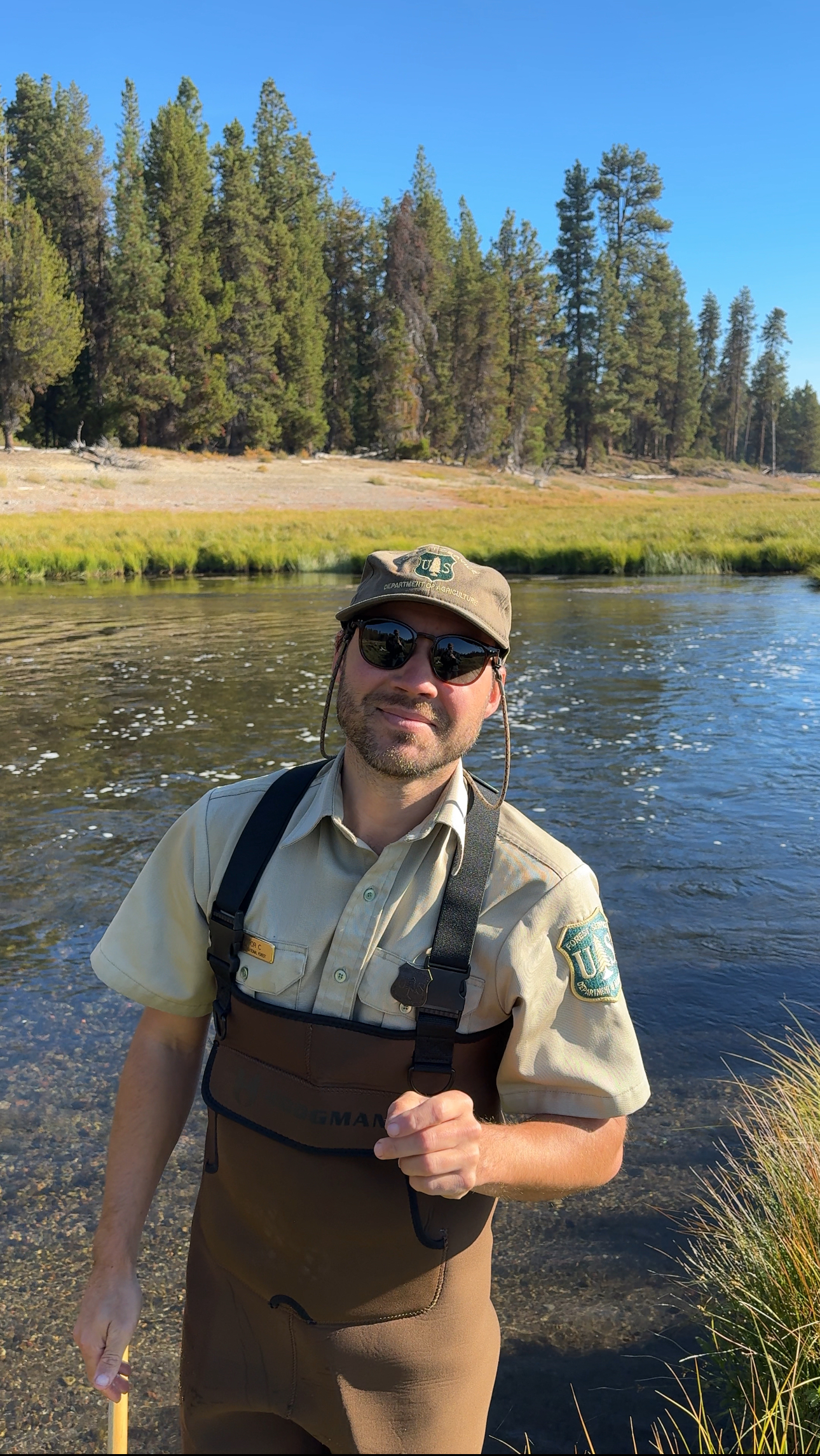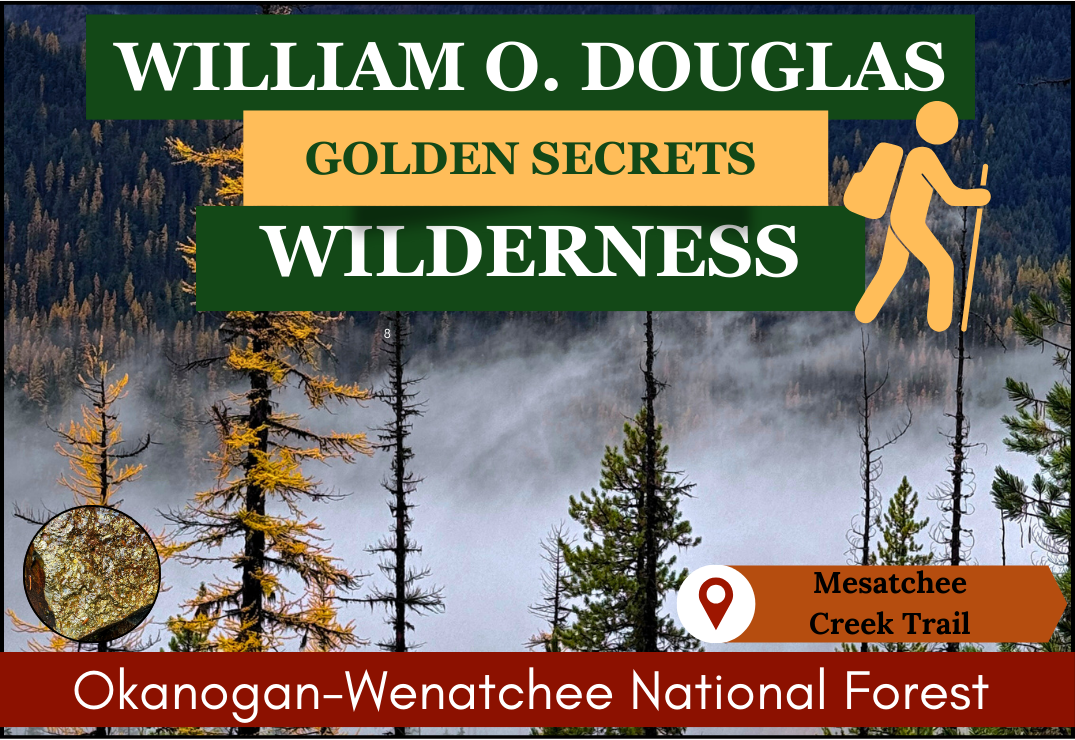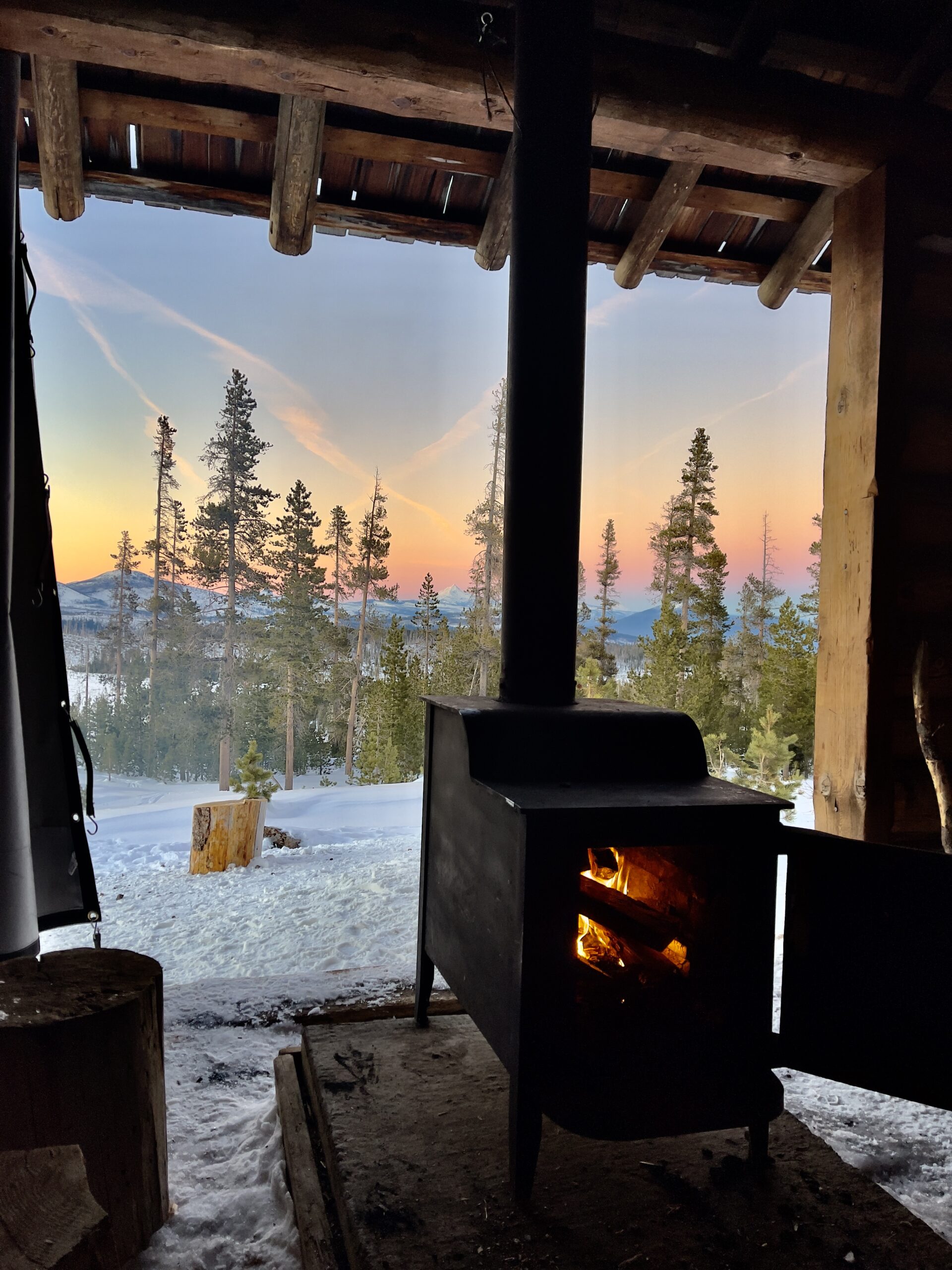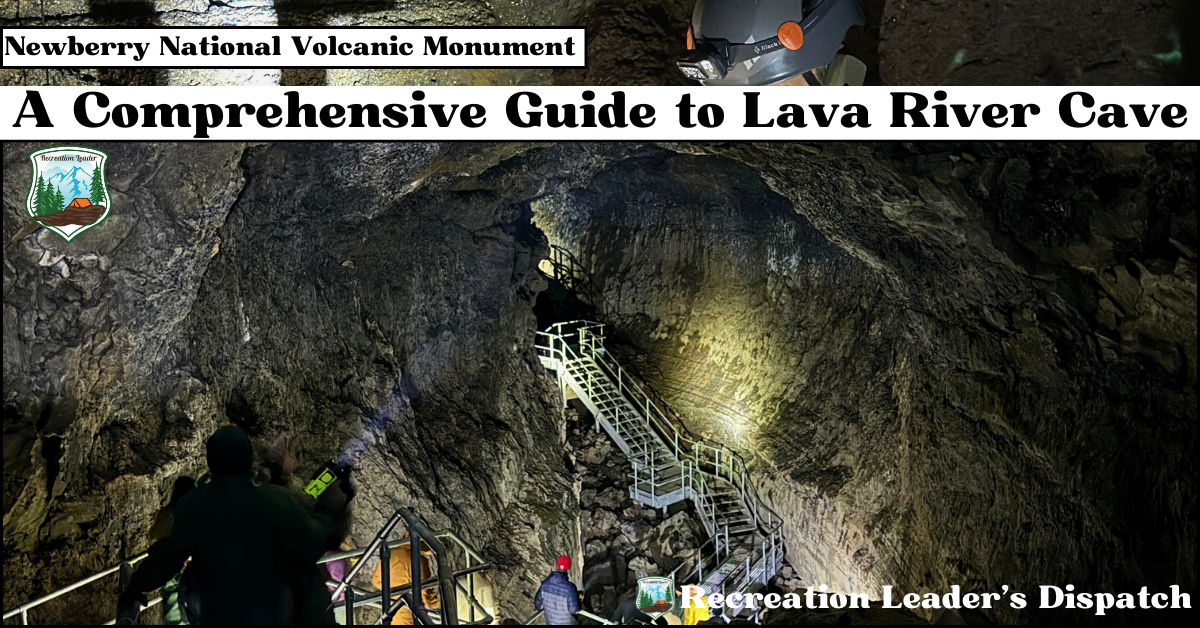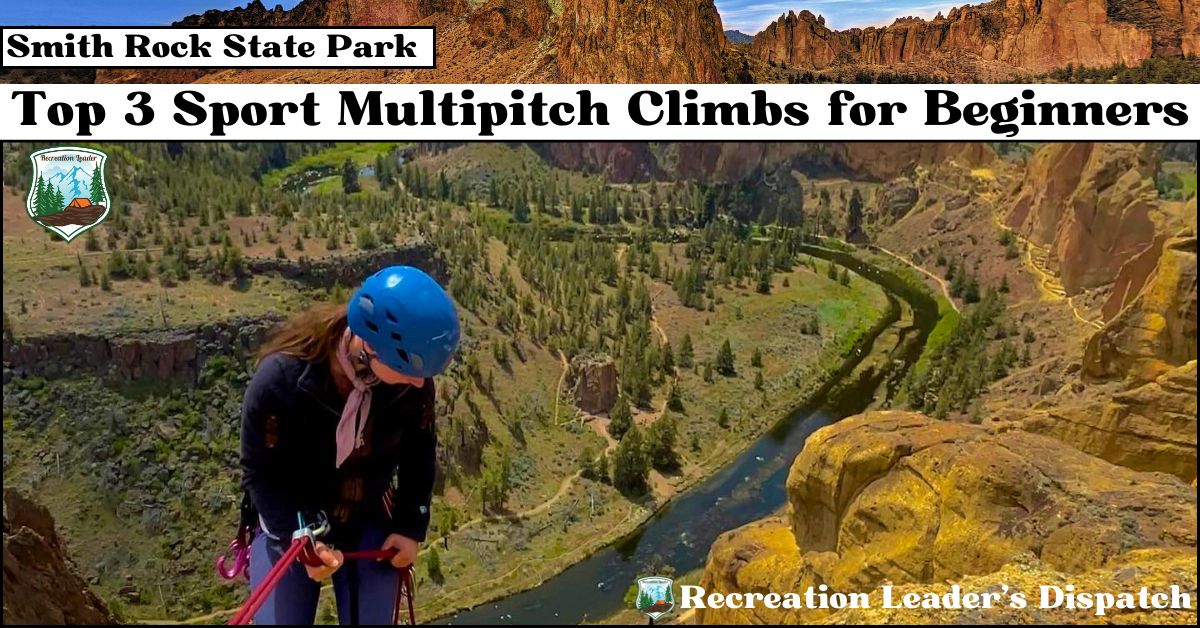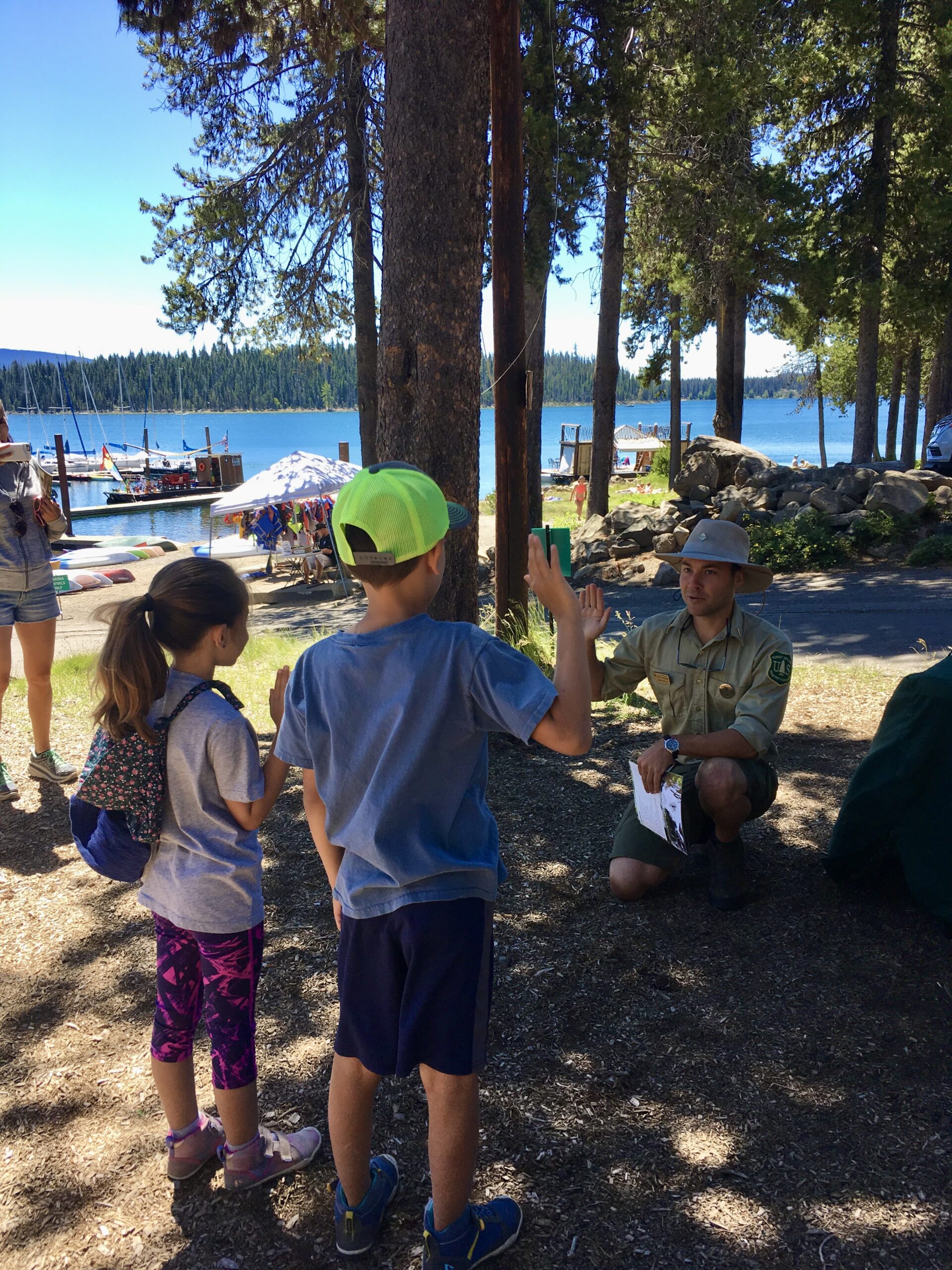ROUGH DRAFT ONLY. Come back later 🙂
For backcountry skiers looking to experience a breathtaking descent, Broken Top Volcano offers a thrilling combination of steep slopes, sweeping vistas, and deep powder in the heart of the Oregon Cascades. Located near Bend, Oregon, Broken Top is an ancient, glacially carved stratovolcano that’s become a top destination for skiers seeking a challenging and unforgettable backcountry experience.
Whether you’re a seasoned backcountry enthusiast or looking for your next adventure, skiing Broken Top is sure to be a highlight. This guide will walk you through everything you need to know—from the best approach routes and safety tips to the natural beauty you’ll encounter along the way.
Approach to Broken Top: How to Access the Volcano
Green Lakes Trailhead: The Classic Route
For most backcountry skiers, the approach to Broken Top begins at the Green Lakes Trailhead. Located off the Cascade Lakes Highway, this route offers a straightforward approach, but it can be long, particularly in winter. The trail winds through forested areas, crosses streams, and passes beneath the towering peaks of South Sister before opening up into alpine terrain.
- Roundtrip distance: About 10-12 miles depending on your starting point.
- Elevation gain: ~4,000 feet from the trailhead to the summit.
- Difficulty: Moderate to advanced due to the length and elevation gain.
Forest Service Road 370 (Summer Route)
When road conditions allow, you can take Forest Service Road 370 during the warmer months to shorten your approach. This route can bring you closer to Broken Top’s northwest face and cuts down on the overall mileage. However, the road is not maintained during winter, so it’s only accessible once snow begins to melt in late spring.
Check my Planning & Updates page for the latest trail and road conditions, as snowpack can significantly impact your ability to drive closer to the trailhead.
The Ascent: Climbing Broken Top
From the Green Lakes basin or wherever you begin your ascent, you’ll head up through rolling terrain before reaching the snowfields and upper ridgelines of Broken Top. The climb offers stunning views of the Three Sisters, Mount Bachelor, and the surrounding wilderness.
As you approach the summit crater, the terrain becomes more technical with steeper slopes and wind-sculpted snow. You’ll need crampons or ski crampons for added traction on the ascent, and an ice axe can help with balance on the more exposed sections.
- Summit Elevation: 9,177 feet
- Climbing Time: 4-6 hours depending on conditions and your starting point
Backcountry Ski Descent: Choose Your Line
The descent from Broken Top offers some of the most exhilarating skiing in the Central Oregon Cascades. You’ll find several lines to choose from, depending on your skill level and snow conditions.
The Northwest Bowl
One of the most popular routes is the Northwest Bowl, which offers wide-open terrain with moderate to steep slopes. The bowl holds snow well and provides a smooth ride down, especially in early spring when powder conditions are optimal.
The Crater Rim
For expert skiers, descending along the Crater Rim offers steeper and more technical terrain. This route offers incredible views and the thrill of skiing down an ancient volcano’s crater. However, be mindful of wind-loaded slopes and potential avalanche danger.
West Face Couloir
The West Face Couloir is another more advanced option that offers a steep, narrow descent through a natural chute. This line provides a great mix of steep skiing and technical challenges, perfect for more experienced backcountry skiers.
Pro Tip: Depending on snow conditions, these descents can range from wide-open powder runs to icy, wind-scoured slopes. Plan your descent based on real-time conditions and stay flexible with your line choice.
Safety First: Backcountry Essentials for Skiing Broken Top
Skiing Broken Top is an advanced backcountry adventure, and safety should always be a top priority. Avalanches are a significant risk in this region, particularly in the steep bowls and chutes on Broken Top’s faces. Before heading out, ensure you have:
- Beacon, probe, and shovel: Always travel with avalanche safety gear and know how to use it.
- Avalanche training: If you haven’t taken an avalanche safety course, consider taking one before embarking on your backcountry ski adventure.
- Check conditions: Always check avalanche forecasts and weather conditions before heading out. Visit my Planning & Updates page for the latest reports.
Consider skiing with a partner or a group to maximize safety, and always let someone know your plan before heading into the backcountry.
Flora, Fauna, and Geology of Broken Top
The slopes of Broken Top Volcano are home to fascinating ecosystems that thrive in harsh alpine conditions. The subalpine areas around the Green Lakes Trailhead are filled with lodgepole pines, mountain hemlocks, and hardy shrubs like whitebark pine and alpine lupine that survive the short growing season.
As you climb higher, you’ll likely spot wildlife like marmots, pikas, and occasionally, golden eagles soaring above. In winter, look for tracks of animals like snowshoe hares and mountain lions who call this rugged environment home.
Geologically, Broken Top is a relic of ancient volcanic activity, having last erupted during the late Pleistocene era. The jagged ridgelines and craggy summit are remnants of erosion by glaciers, which carved the mountain into its current form. Skiing down its steep slopes is a rare opportunity to witness Oregon’s volcanic past up close.
Plan Your Visit: Outdoor Ethos
If you’re planning to tackle Broken Top, it’s crucial to practice responsible outdoor recreation. Instead of traditional Leave No Trace guidelines, check out my Outdoor Ethos Guide, which focuses on leadership, education, and responsible engagement with nature. Remember to:
- Pack out all waste, including any food wrappers or gear.
- Respect wildlife and keep a safe distance.
- Be mindful of other backcountry travelers and skiers, sharing the trail and slopes respectfully.
What to Bring for Your Broken Top Ski Trip
- Skis and skins: For climbing up and skiing down.
- Crampons and ice axe: Essential for the steeper sections near the summit.
- Helmet: Protect yourself from falls and potential ice/rockfall.
- Avalanche safety gear: Beacon, probe, and shovel are a must.
- Clothing layers: The weather can change rapidly at elevation, so pack for wind, snow, and sun.
- Navigation tools: A GPS or map and compass to navigate the sometimes confusing alpine terrain.
Looking for the best gear to stay safe and comfortable? Check out these recommended products:
- Backcountry Ski Kit – All-in-one pack for backcountry skiing. Shop here.
- Avalanche Beacon – Stay safe by always carrying a beacon. Shop here.
- Ski Crampons – For extra grip on icy slopes. Shop here.
Final Thoughts: A Once-in-a-Lifetime Backcountry Ski Experience
Skiing down Broken Top Volcano is an unforgettable adventure for backcountry skiers seeking a challenge in the stunning Oregon Cascades. Whether you’re carving through fresh powder in the Northwest Bowl or tackling the steep chutes along the Crater Rim, the combination of pristine wilderness and volcanic terrain offers a thrilling, unique experience.
Before heading out, make sure you’re prepared, well-informed, and ready for the unpredictable nature of backcountry skiing. Happy skiing!

